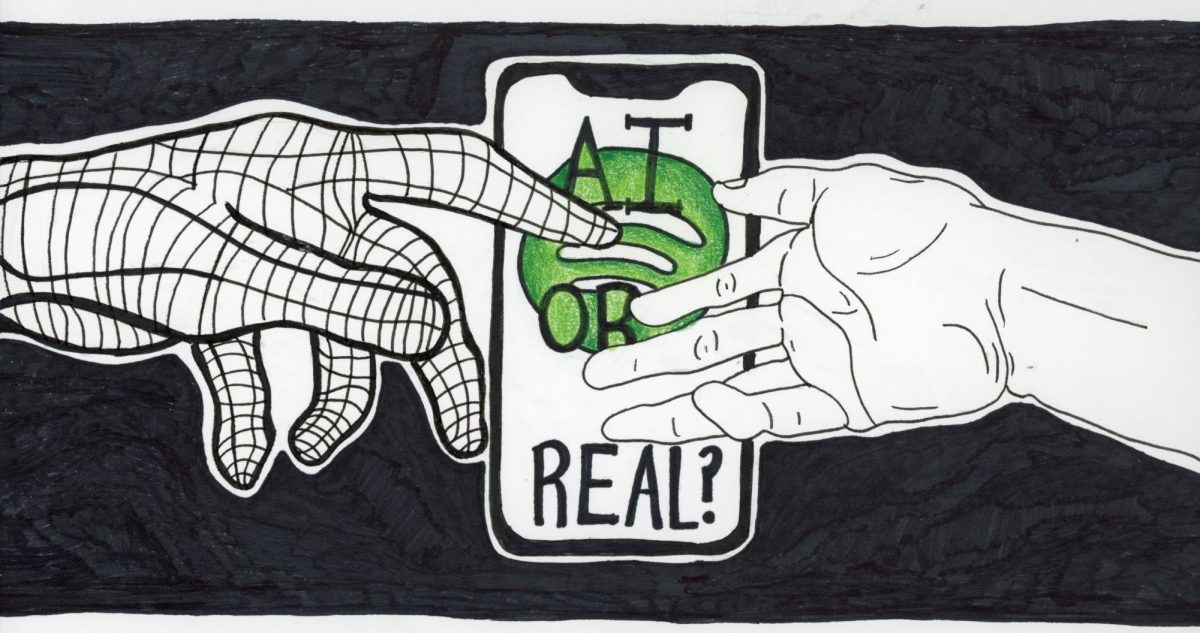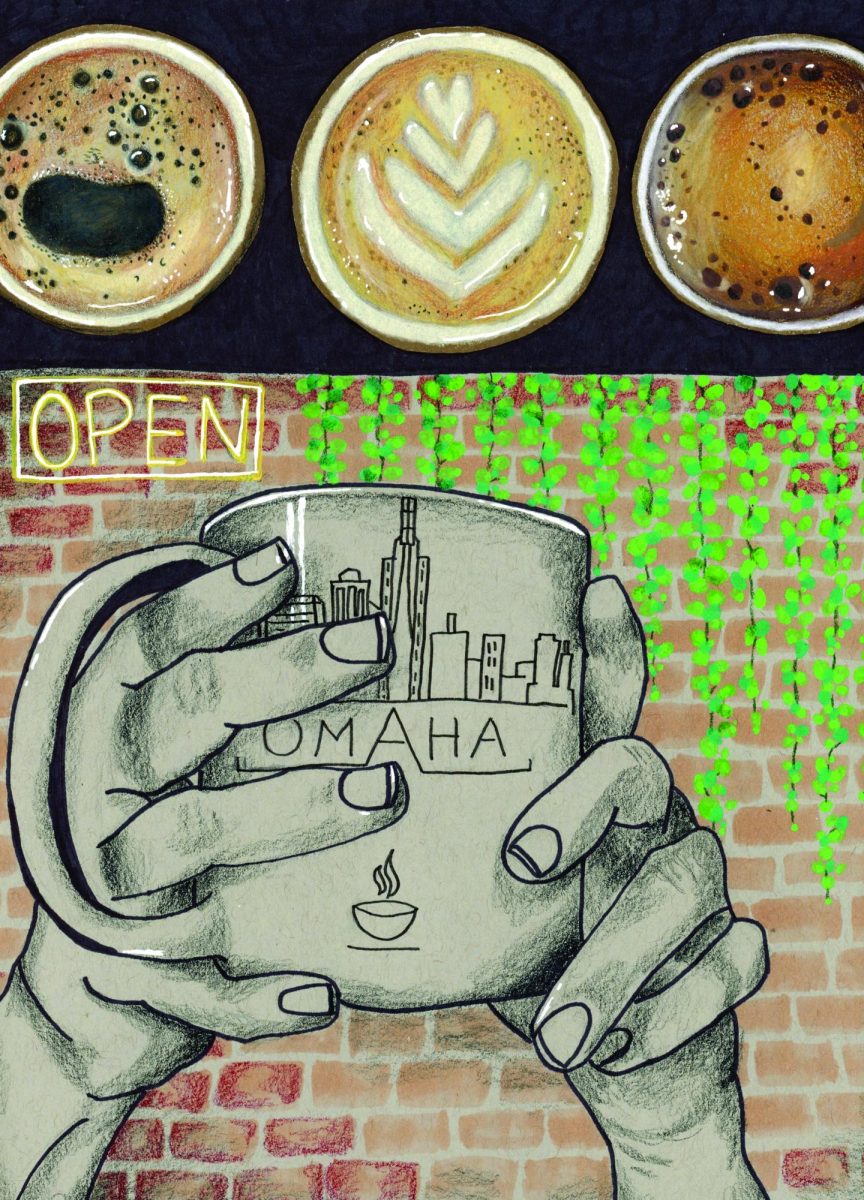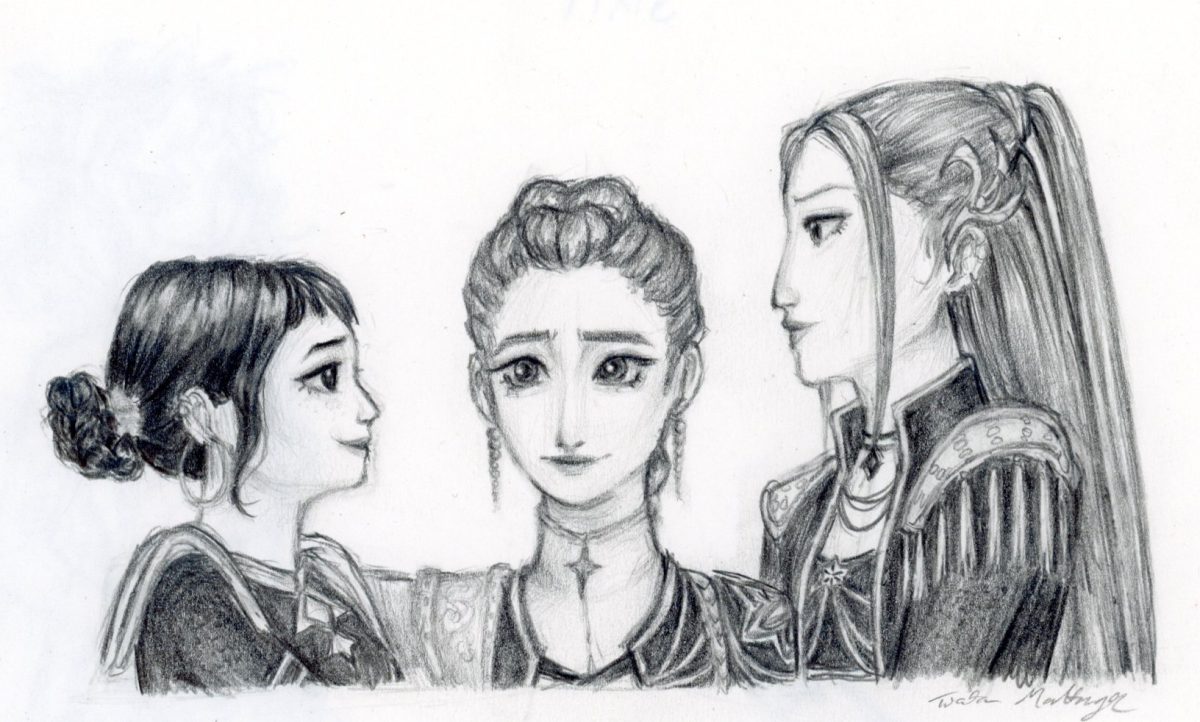Over the past few years, the use of AI has bloated from a futuristic novelty to a daily necessity for a substantial percentage of Americans, and it’s starting to look scary. Google VEO 3 was introduced to the public over the summer, Google’s latest and greatest video generation model. VEO 3 introduced hyper-realistic people and camera angles, combined with in-video AI voices and lip-sync. This was controversial for a myriad of reasons. AI gurus were ecstatic; now, on top of not spending money on artists and voice actors, they don’t have to spend money on physical actors, either. Others were tentative. Consumers now have to not only deduce if the art they’re enjoying is AI, they have to deduce if the people they’re looking at are AI. The line between human and AI creations is thinning every day, and it feels like most people don’t even bat an eye. Since AI debuted years ago, it’s expanded to voices, video, digital art, and even music. Is this what it was always supposed to be? Something that replaces the very existence of human expression?
The replacement of human expression has already begun on one of the most popular music streaming platforms, Spotify. On popular playlists endorsed and created by the platform, there’s been a flood of seemingly AI music silently slithering its way into every crevice. One supplier of music included on popular Spotify-created playlists is the infamous Velvet Sundown, which garnered a lot of attention over the summer because of the combination of their soulless, bland AI music and their vehement refutation of the use of AI on “their” Instagram account. The band managed to amass up to 1.4 million monthly listeners in mid-July, which is no easy feat. This caused some to theorize that the band and other AI music on the platform was a ruse by Spotify to hoard royalties that could go to other artists. However, Spotify released a public statement saying this is not the case. It was later revealed by a tweet posted by someone who would become known as the Velvet Sundown’s creator that, to no one’s surprise, the band was entirely AI-generated. However, the creator, in the description for the Velvet Sundown on Spotify, said the project “isn’t a trick, it’s a mirror. An ongoing artistic provocation designed to challenge the boundaries of authorship, identity, and the future of music itself using AI.” The only shred of humanity in this god-awful experimental project is lost in the frankly unremarkable lyricism. This raises the question of what AI should be used for, if at all. It’s advertised as a tool; however, when it comes to artwork, music or otherwise, it seems to be primarily used as a soulless crutch. Generative AI utilizes data from already existing art and media in order to train itself to become better. Because of this, AI art is often easily spotted, and has nonsensical inconsistencies, which make it an eyesore when someone actually tries to apply it to something in the real world. At some point, there is going to be more AI art than human art, and AI will only have itself to train on.
I’m not blind. AI is an incredibly useful tool; the problem lies with what its current purpose is. “Generative” AI shouldn’t be the primary use; it should be used for things that actually assist humanity, like piloting rovers to Mars or replacing jobs that require dangerous labor. Thankfully, there are such uses. For example, the medical industry has been attempting to implement AI into its operations, and they’ve found many uses for it. According to Lisa Ellis at Harvard Medical School, AI can be applied in a large number of cases, from allowing clinicians to spend more time with their patients instead of performing menial tasks, to combing through large amounts of data quickly to diagnose someone, and even monitor people who have a higher likelihood of opioid dependency after surgery, so they’re able to get those people off of opioids as soon as possible without causing any harm. Those are just a few examples of the uses of AI in the medical field, and there’s a lot more to be seen and discovered.
AI is also being used in manufacturing facilities for a smoother workflow. According to Matthew Finio and Amanda Downie at IBM, AI has been a useful endeavor, being used in what’s called predictive maintenance. “AI systems analyze data from sensors on machinery to forecast failures before they occur, reducing unexpected downtimes and maintenance costs.” (Finio et al.) This is just a single use of AI in manufacturing, and it assists people, overall productivity, and even the global economy.
AI is used for more and more tasks every day. Last year it was a cardinal sin to use AI on homework, and now teachers are encouraging students to utilize it, some even assigning the very use of it as homework. The technological landscape we’re in is changing rapidly, and it’s scary. However, the use of non-generative AI for streamlined efficiency in globally impactful fields gives me hope that we’ll be able to find a common ground with AI and humanity in the future. Hopefully, we find a balance between humans and AI — one that doesn’t overtake humanity, but lifts it up on its shoulders.















